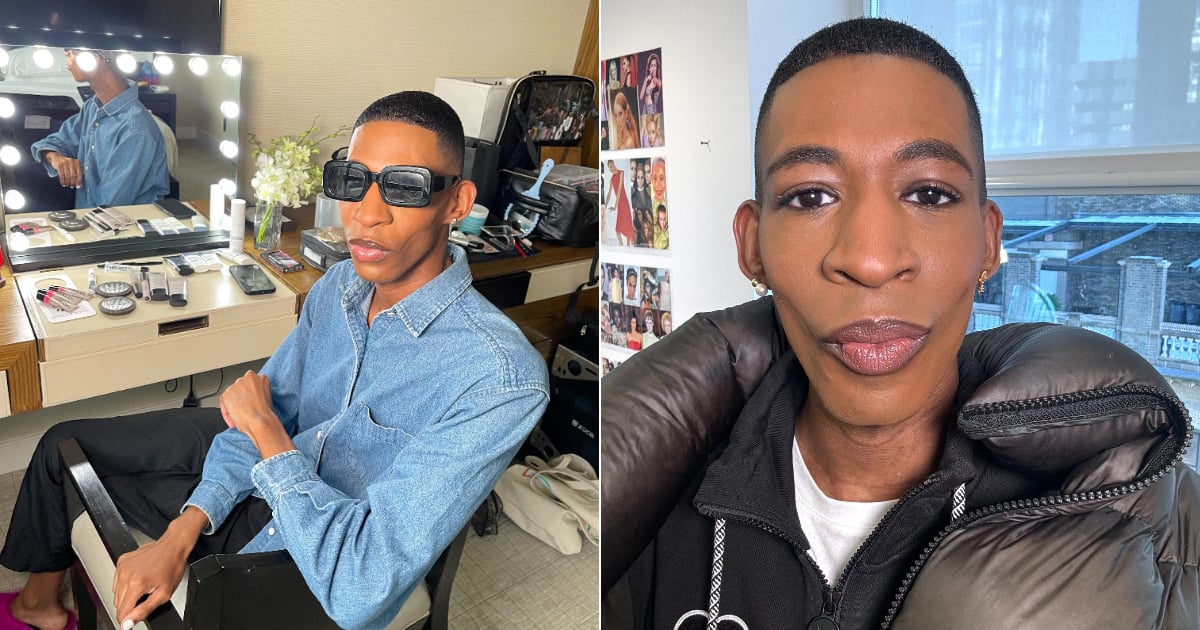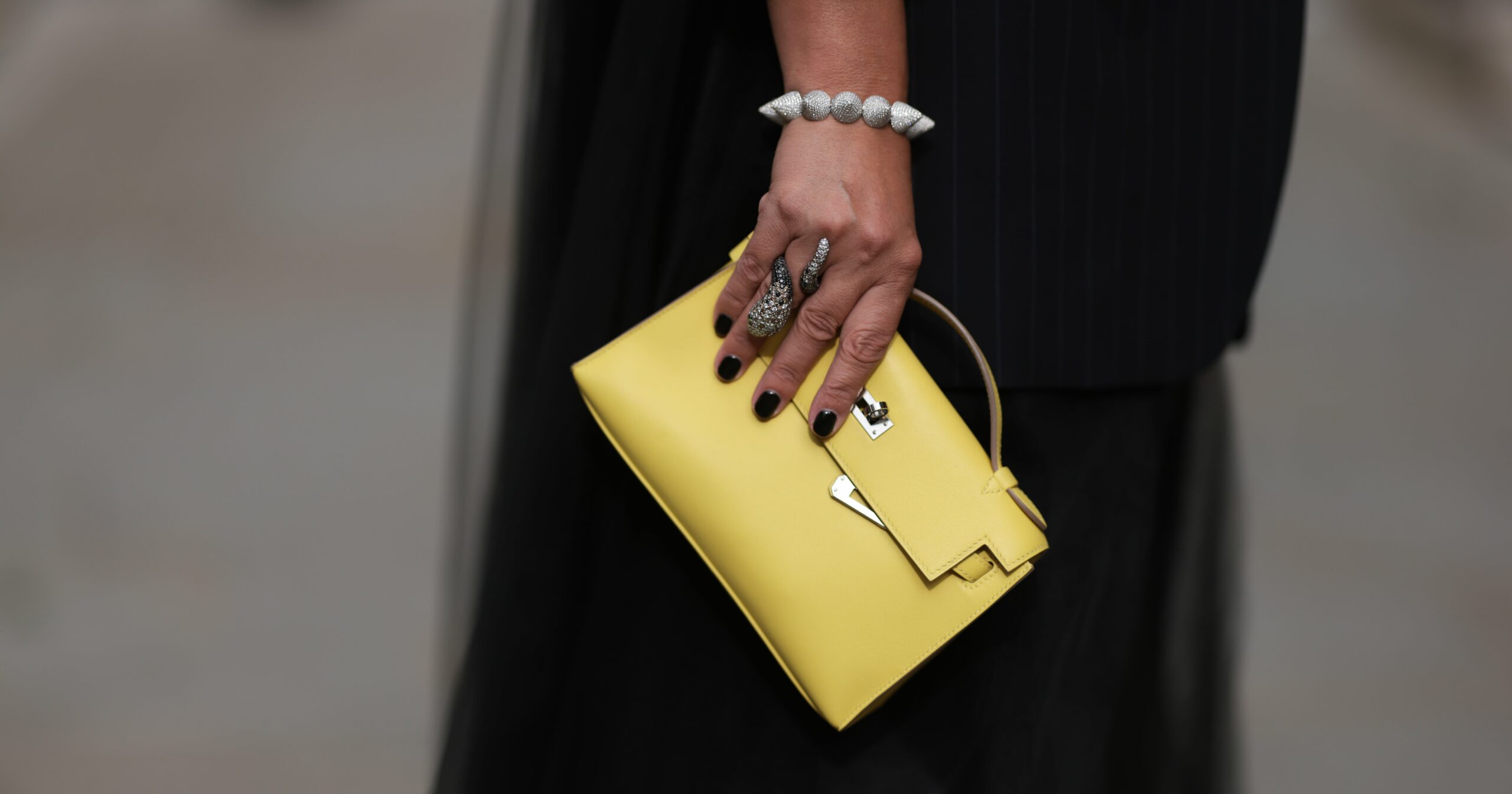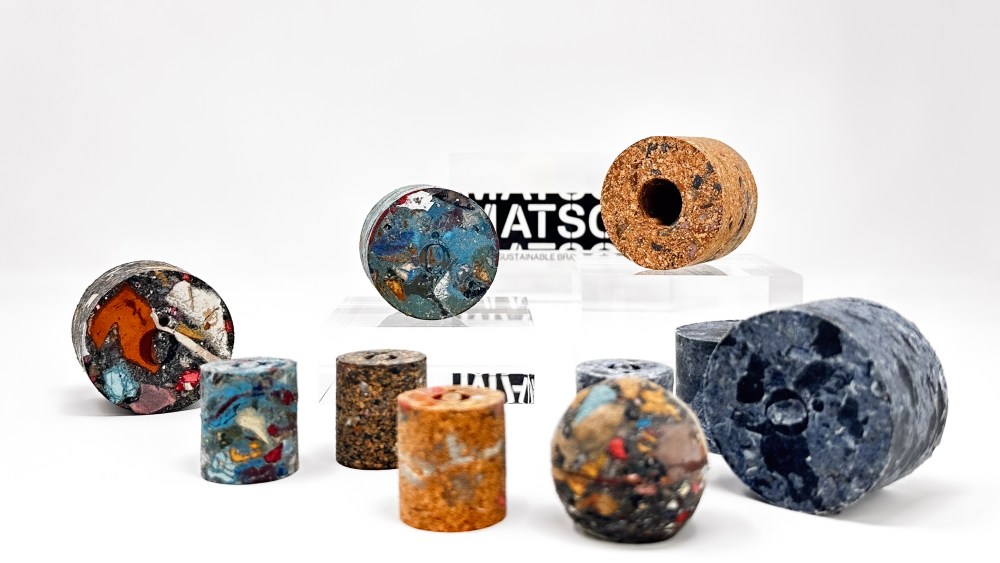MILAN – Change.
That is likely one of the most appropriate words to describe the current state of the fashion industry. One also could say “upheaval,” “transformation” and “re-calibration.”
Rarely has there been such a whirlwind of executive and designer shifts at major international brands, as companies seek their footing in a scenario that sees global social and economic uncertainties, curbed luxury spending in China and U.S. tariffs looming.
The curtain rises Tuesday on Milan Fashion Week, running until March 3, and change will be evident from the get-go. Gucci will kick off the schedule despite the exit of creative director Sabato De Sarno earlier this month — and there is no confirmation of a successor.
Lorenzo Serafini will unveil his first collection for Alberta Ferretti, just as parent company Aeffe goes through a reorganization of its brands and structure, de facto closing the younger Philosophy by Lorenzo Serafini label.
You May Also Like

Jil Sander the following day will hold its show under the watch of new chief executive officer Serge Brunschwig, and sources say this will be the last collection to be designed by Luke and Lucie Meier. As reported by WWD, the successor is said to be Simone Bellotti, currently creative director of Bally, which is going through its own changes, having been acquired in August by an affiliate of Regent and now helmed by Ennio Fontana, after the exit of CEO Nicolas Girotto.
Following the exit of John Galliano, Glenn Martens was named creative director of Maison Margiela at the end of last month, and he will continue to design Diesel, which will show its fall collection on Wednesday.
Missoni, which will unveil its first collection by Alberto Caliri, is one of the brands, along with Etro and Versace, that is reportedly being shopped around. More changes could take place at Versace, eyed by the likes of Prada Group and Marco Bizzarri’s investment funds, as Donatella Versace’s contract is said to expire in February — although sources indicate that, given the right conditions, she would be willing to stay on.
Prada Group is on a roll, posting a 15 percent sales increase to 3.83 billion euros in the first nine months last year, with revenues soaring 97 percent at Miu Miu, where Silvia Onofri is joining as CEO from Napapijri. She succeeded Benedetta Petruzzo, who moved to Christian Dior as managing director last October. The Italian fashion group will report its year-end results on March 4.
Earlier this month, Salvatore Ferragamo revealed it was parting ways with CEO Marco Gobbetti effective March 6. While the Florence-based luxury company has set in motion a process to select a successor, chairman Leonardo Ferragamo will assume executive powers, supported by a transitional chairman advisory committee composed of James Ferragamo, chief transformation and sustainability officer; former chief financial officer Ernesto Greco, and former CEO Michele Norsa, who will take on the role of special chairman adviser.
Sources also speculate about the future of creative director Maximilian Davis, who Gobbetti appointed in March 2022. The expected turnaround of the company has not taken place yet, and revenues in the 12 months ended Dec. 31 slipped 10.5 percent in 2024 to 1.04 billion euros. Declines were led by the Asia Pacific market, key for the group, which slid 19.7 percent to 291.4 million euros.
Reflecting the uncertainties of the industry, a number of brands are skipping holding a show this season, some presenting their collection via a look book. Names missing from the schedule for different reasons range from GCDS and Del Core to Aspesi, Stella Jean, Furla and Calcaterra.
Italy’s Camera della Moda’s projections forecast 2024 sales of the fashion and connected industries (including textiles, clothing, leather goods, footwear, jewelry, eyewear and cosmetics) to be down 5.3 percent to 96 billion euros compared to 2023. Exports are expected to grow only 2.5 percent to 91 billion euros versus 2023, while previous projections pegged the increase at 5.5 percent.

According to the National Institute of Statistics (ISTAT), the country’s GDP is expected to grow by 0.5 percent in 2024 and 0.8 percent in 2025. This year, despite the positive impact of the measures under the National Recovery and Resilience Plan (PNRR), and lower interest rates, investment growth is expected to be zero, said ISTAT.
Labor market improvements are expected to contribute to a sharp reduction in the unemployment rate in 2024, falling to 6.5 percent from a rate of 7.5 percent in 2023, followed by a further slight decrease in 2025, pegged at 6.2 percent. Fashion’s associations have been urging the government to acknowledge the challenges several production districts are facing and to help secure long-term structural interventions to the industry, which is at risk of losing craftsmanship and jobs, and gain easier access to credit to facilitate investments.
Data provided by the Confindustria Accessori Moda association states that in the first nine months of 2024, the request from the leather goods supply chain for the state-funded wage support redundancy fund climbed 139.4 percent compared with the same period in 2023.
But even amid the turmoil, 2025 is also a year of major celebrations for several leading brands, from Fendi’s centenary to K-Way’s 60th anniversary, Giorgio Armani’s 50th and 30 years of Dsquared2.
“When I started, 50 years ago, I would never have imagined reaching such an important milestone,” Armani told WWD. “It’s not always been easy, and there have been obstacles and difficult moments, starting with the passing of my partner Sergio Galeotti, with whom I founded the company.”
The designer acknowledged the alternating cycles of fashion, “initially close to my style, then moving away, to finally return close again. I willfully pursued my path, staying true to my vision, even when it would have been easier to follow other avenues. Today I can say I am proud of what I have built and of the determination with which I did it, always looking at reality through my own filter.”
Celebrations will begin in September, with events and initiatives planned in Milan, Armani said. The year also marks the 20th anniversary of the designer’s Privé couture line, the 25th anniversary of Armani/Casa and the first decade of his exhibition space Armani/Silos.

In addition to showing both the Giorgio and Emporio Armani women’s and men’s collections in Milan, the company is planning an event at Armani/Silos during the furniture and design trade show Salone del Mobile in April.
Given the slowdown in China, the U.S. has been representing a welcome pocket of growth for several groups, from OTB and Moncler to Prada, as has the Middle East.
Brunello Cucinelli saw sales in the Americas last year climb 17.8 percent to 476.5 million euros, accounting for 37.3 percent of the total.
“The growth in North America reaffirms and certifies the great potential we still see in this region, where the search for exclusivity, uniqueness and to ‘dress up’ in special garments is not new but is increasingly desired by a growing number of customers,” said Cucinelli, commenting on year-end results, also downplaying the specter of tariffs.
Cucinelli has confirmed earlier forecasts of revenue growth of around 10 percent in both 2025 and 2026, with the intention of doubling 2023 turnover by 2030. Preliminary 2024 revenues totaled 1.28 billion euros, a 12.2 percent increase on 2023.
Sergio Azzolari, CEO of Roberto Cavalli, touted a 30 percent like-for-like gain in sales last year and he expects 2025 to be “a further year of consolidation and growth.” The company just opened a store at Beverly Center in Los Angeles, and will inaugurate its first boutique in Dubai at the Dubai Mall in the next few months, “strengthening our presence in strategic markets such as the Middle East and North Africa region and the U.S., and we expect a very positive impact on the results,” said Azzolari.
“We already see a strong traction in the U.S., in particular in Las Vegas and Miami, two key cities for our brand. There is a great propensity to purchase, especially by customers who seek unique and distinctive pieces,” the CEO said.
Asked about the potential increase in tariffs, Azzolari said he was “not particularly worried, thanks to a short supply chain that allows us to have greater control on production and logistics.”
Cavalli’s designs by Fausto Puglisi have been garnering increased attention on the red carpet thanks to Cardi B at the 2025 Grammy Awards and to Beyoncé Knowles-Carter’s NFL Christmas Day Halftime Show.

Fabrizio Cardinali, CEO of Etro, admitted the company was impacted by the macro challenges that “complicated the normal business activities in different markets, starting with China.” However, he touted growth in Europe, the brand’s largest market, which promises further gains in 2025, he said. There also has been stable business in Japan, where Etro will open new points of sale in Tokyo’s Ginza for the brand’s home collection and at Seibu Ikebukuro for its men’s and women’s lines.
Initiatives will be held in 2025 to support business in the Americas and China, as well as in Korea, where Etro will open a new men’s and women’s store at the Lotte World Tower in Seoul.
Cardinali underscored the relevance of the new branded residences projects started in 2024, the first of a series located in Istanbul, reflecting the growth of the home line. At the Salone del Mobile, Etro will stage a project to mark the 40th anniversary of its signature fabric, Arnica.
Elisabetta Franchi is going through a new phase following the acquisition by Bizzarri of a 23 percent stake through his holding Nessifashion.

Gabriele Maggio, who joined as CEO in February last year, said the main focus in the upcoming months will be the opening of the brand’s new flagship on Milan’s Via Spiga — “a key strategic step.” Maggio said that for Elisabetta Franchi, Milan, “as a global fashion hub, provides a prestigious platform that enhances both our image and business opportunities. Italy remains a crucial market for our growth, and this opening underscores its strategic importance in our global development plan.”
In November, the brand opened its first U.S. boutique in the Bal Harbour Shops in Miami. The brand also launched with Saks Fifth Avenue with the spring 2025 collection in stores, including New York, Beverly Hills and Houston.
Maggio was upbeat about the prospects. “Our collections continue to receive strong market approval, despite the uncertain market where many luxury brands are facing challenges; we are proud to say that our performance remains above the expectations, reflecting the quality and innovation that define us.”
He cited as a “big milestone,” the brand’s spring campaign featuring Kate Moss, “an international fashion icon, highlighting our commitment to excellence and global appeal.”



